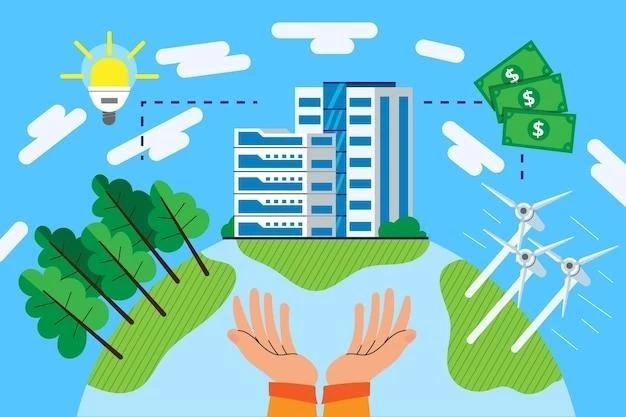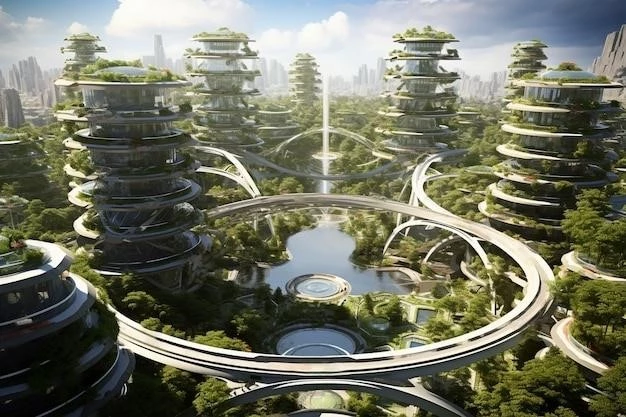The concept of sustainable development, first introduced in the 1987 Brundtland Report, has evolved into a global call to action․ At its core, it emphasizes meeting the needs of the present without compromising the ability of future generations to meet their own needs․ The 2030 Agenda for Sustainable Development, adopted by all United Nations Member States in 2015, serves as a blueprint for achieving a more sustainable future for all․ At the heart of this agenda lie the 17 interconnected Sustainable Development Goals (SDGs), representing a universal call to action to end poverty, protect the planet, and ensure that by 2030 all people enjoy peace and prosperity․

Current State of Affairs
As of 2024٫ the world faces a mixed bag of progress and setbacks in achieving the SDGs․ While advancements have been made in areas like poverty reduction٫ access to education٫ and renewable energy٫ significant challenges persist․ Climate change continues to accelerate٫ threatening ecosystems and exacerbating inequalities․ Global conflicts and economic downturns further hinder progress٫ highlighting the interconnectedness of the SDGs․
Key Trends Shaping the Future
Several key trends are shaping the future of sustainable development․ Understanding these trends is crucial for effectively navigating the path towards a more sustainable world:
1․ Technological Advancements
Technological innovations hold immense potential for accelerating progress towards the SDGs․ Artificial intelligence, big data analytics, blockchain, and renewable energy technologies offer transformative solutions in areas such as resource management, healthcare delivery, education, and climate change mitigation․ For instance, precision agriculture powered by AI can optimize crop yields while minimizing environmental impact․ Similarly, telemedicine can expand access to healthcare in underserved communities․
2․ Shifting Demographics and Urbanization
The global population is projected to reach 9․7 billion by 2050٫ with the majority of growth concentrated in urban areas․ This demographic shift presents both challenges and opportunities․ On the one hand٫ it will strain resources and infrastructure٫ potentially exacerbating inequalities․ On the other hand٫ it presents a chance to create more sustainable and resilient cities through innovative urban planning٫ green infrastructure٫ and efficient public transportation systems․
3․ Growing Importance of Circular Economy
The linear “take-make-dispose” economic model is no longer sustainable․ The circular economy, which emphasizes resource efficiency, waste reduction, and product lifecycle extension, is gaining traction․ By transitioning to a circular economy, we can decouple economic growth from resource depletion, minimize waste, and create a more resilient and sustainable system․
4․ Increasing Stakeholder Engagement
Achieving the SDGs requires a collaborative approach involving governments, businesses, civil society, and individuals․ The private sector, in particular, is increasingly recognizing the importance of sustainability and aligning their operations with the SDGs․ This shift is driven by a combination of factors, including consumer demand, regulatory pressure, and a growing recognition of the business case for sustainability․

Challenges and Opportunities
Despite the progress made and the emerging opportunities, several challenges must be addressed to secure a sustainable future:
1․ Climate Change
Climate change remains the most pressing global challenge, threatening to undermine decades of development progress․ Mitigation efforts, such as transitioning to renewable energy sources and reducing greenhouse gas emissions, are crucial․ However, adaptation measures are equally important, particularly for vulnerable communities most affected by climate impacts․
2․ Inequality
Inequality within and between countries remains a significant barrier to sustainable development․ Addressing income inequality, gender inequality, and other forms of discrimination is essential for creating a more just and equitable world where everyone has the opportunity to thrive․
3․ Financing the SDGs
Mobilizing the necessary financial resources to achieve the SDGs remains a challenge; Innovative financing mechanisms, such as impact investing, green bonds, and blended finance, are crucial for bridging the financing gap and attracting private sector investment in sustainable development projects․
Conclusion: A Call to Action
The future of sustainable development hinges on our collective action․ Governments, businesses, civil society, and individuals must work together to translate the ambitious goals of the 2030 Agenda into tangible outcomes․ Embracing technological innovations٫ fostering collaboration٫ and promoting sustainable consumption and production patterns are crucial steps in the right direction․ By working together٫ we can create a future where economic prosperity٫ social inclusion٫ and environmental sustainability go hand in hand٫ leaving no one behind․










